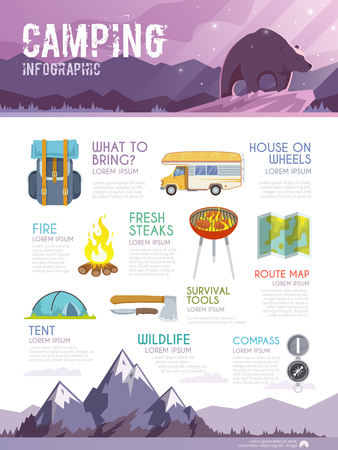For ounce counters, stakes are a prime location to save money. A lot of stake sets feature a things sack that makes them simple to pack and protect.
They can conveniently penetrate softer, sandy soils and yearn duff however have problem with rocky terrain. Their blunt ends take advantage of using a club.
Hook Risks
Primarily long needles with a point on one end and a flattened head at the other, pin stakes are basic yet reliable. They function well in hard ground where it's difficult to drive in longer stakes and do particularly good work in rough surface, as the idea can function its means in between hidden rocks. Some variations (like Sea to Top's Ground Control stakes) have three notches for guy lines, which reduce leverage and enhance holding power.
A typical option to shepherd's hook risks, plastic utility stakes normally have a Y-shaped shaft that will not turn in the dirt and have a tendency to be longer than hook risks. They're solid and long lasting sufficient for moderate use, though they are fragile if you try to hammer them into rock or difficult soil. They also need to be angled sufficiently to prevent the guy line from slipping off if it becomes slack over time (knotting it around the shaft two times can aid). Size: Longer risks small soil over a greater depth and volume, which can increase total frictional resistance.
Nail/Pin Risks
Toenail risks have a pencil point for simple driving into clay, rock, or compacted soil. These risks are additionally extra long lasting than timber stakes and do not splinter. They are usually used in construction, fencing, and disintegration control tasks.
These risks have 12 spirally organized nailing openings one inch on facility supplying each stake with 24 prelocated nail entry points making them easy to use and quickly to mount. This nailing style eliminates splitting, twisting and splintering personalized bag enhancing worker safety and eliminating shed labor time.
They are frequently utilized in concrete forming to secure lumber or steel concrete types and in flatwork applications. They are likewise a popular selection for affixing screed bar owner clamps in flatwork finishing, string line overviews, protecting landscape woods and surveying risks. They are made from chilly rolled U.S. made device steel for additional strength and resilience. They have an ordinary life 2 to 3 times that of rivals hot rolled stakes.
V Risks
Numerous tent risk styles exist, ranging from basic aluminum and titanium rounded risks to carbon-fibre ones developed for a series of surface. Choosing the appropriate risks depends on outdoor tents kind, camp site area and ground density.
As any risk is driven into the ground, it displaces some soil along its size. The displaced soil compacts the dirt promptly adjacent to the risk and assists to raise its stamina.
Stakes with a v-shaped sample (like MSR's Ground Hog Y stakes or Sierra Layouts FL stakes) are extra long lasting than hook stakes without including much weight, and they also have a hassle-free notch for the man line. Nonetheless, they may do not have as much holding power in difficult or rough ground. In such situations, angling the risk better to vertical can aid. This takes full advantage of the chance that a drawing force will certainly get to compacted layers of dirt, boosting the risk's resistance to being pulled out. In a similar way, longer risks penetrate much deeper into the dirt and boost overall compaction.
Deck Stakes
Basically a thicker Y-peg, these stakes make use of an additional flange to increase area and enhance holding power. While an excellent choice in loose and sandy substratums, they do disturb even more soil on insertion than much less complex forms. This can reduce holding power in difficult, thick ground - however it's still a far better choice than nails or pins.
A variant on the Y-stake, these stakes have three notches for person lines to help reduce take advantage of and can be useful in tough and rocky ground. They likewise often tend to be short and light, making them a wonderful choice for backpacking in rough surface. The Sierra Designs Ground Control risks are an example of this type, though there are lots of others on the marketplace.
Like other stakes that do not have a hook or individual line notch, these will need to be tilted sufficiently to prevent the line from slipping off (as can occur if the line comes to be slack). Looping the line twice around the shaft can help.
